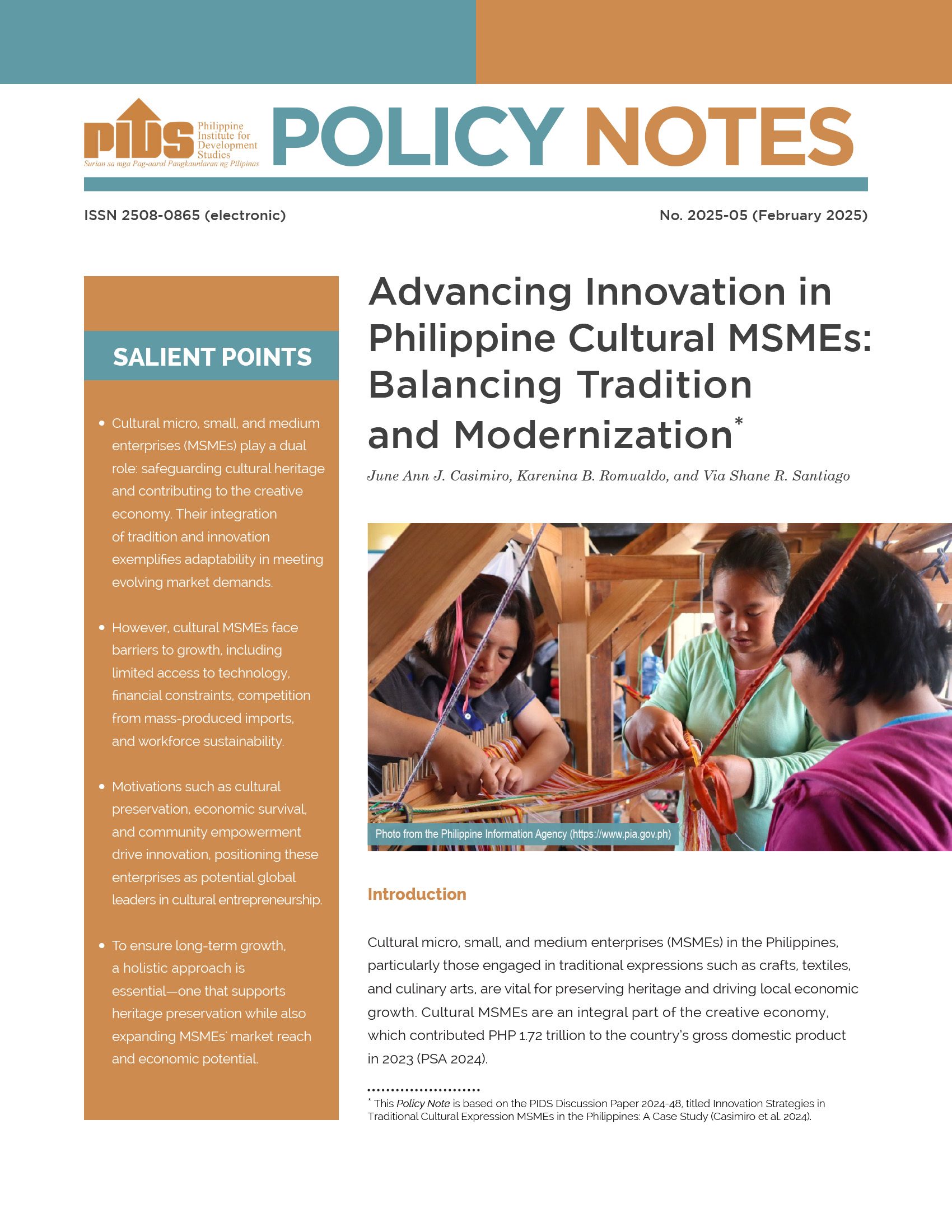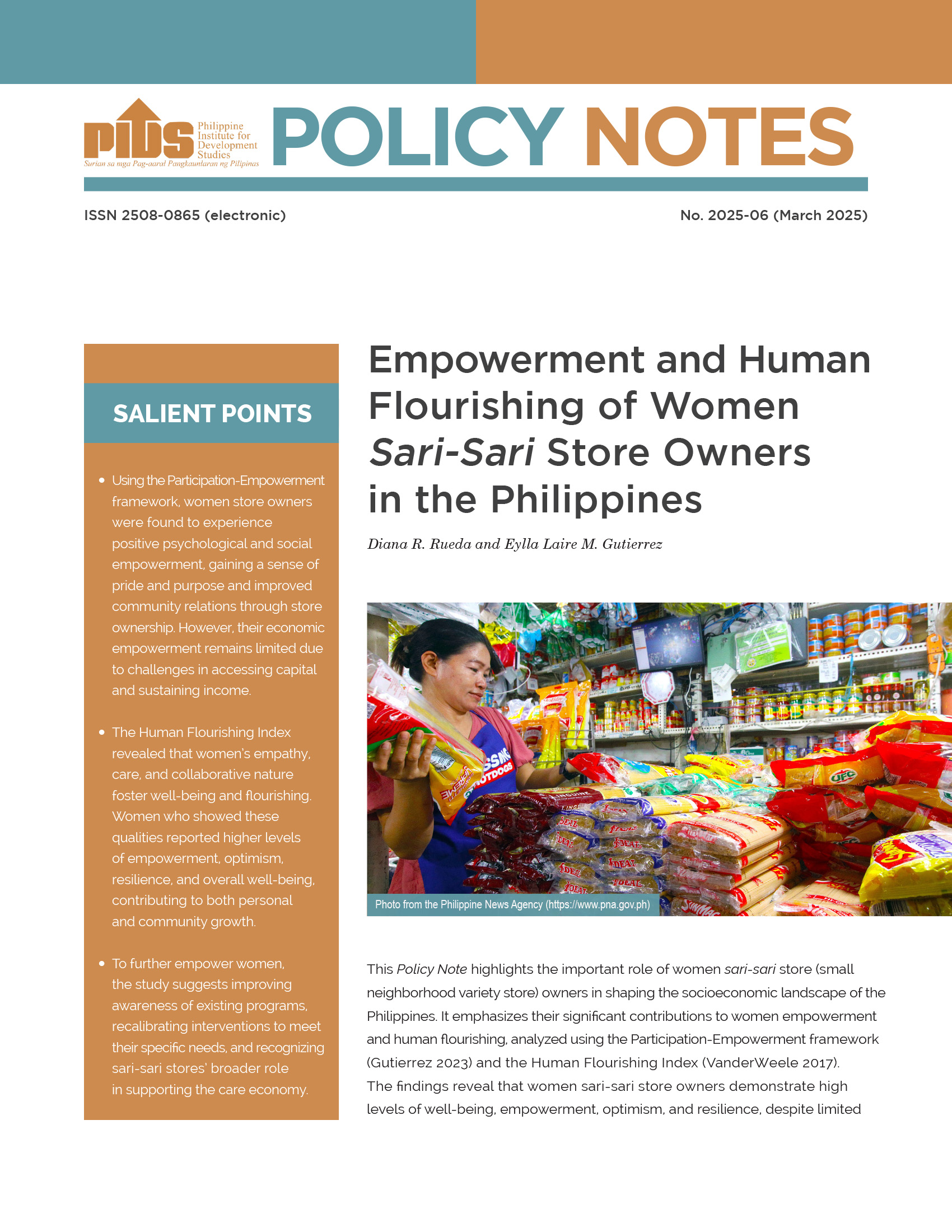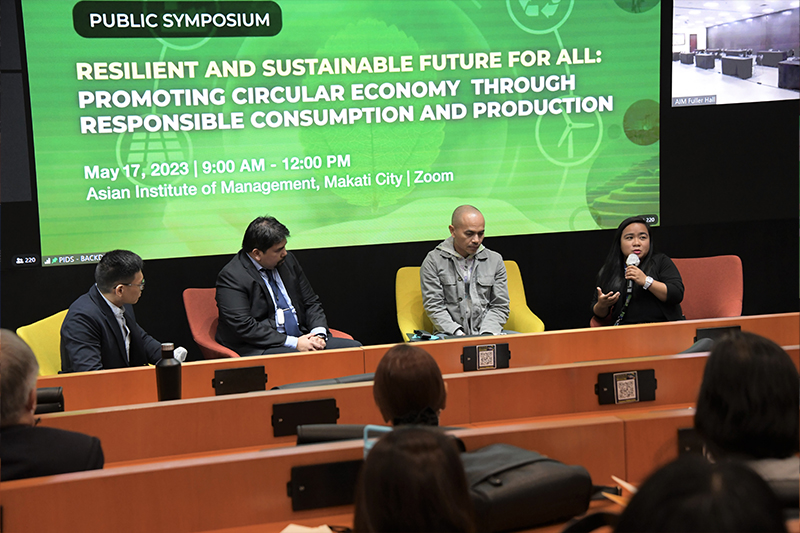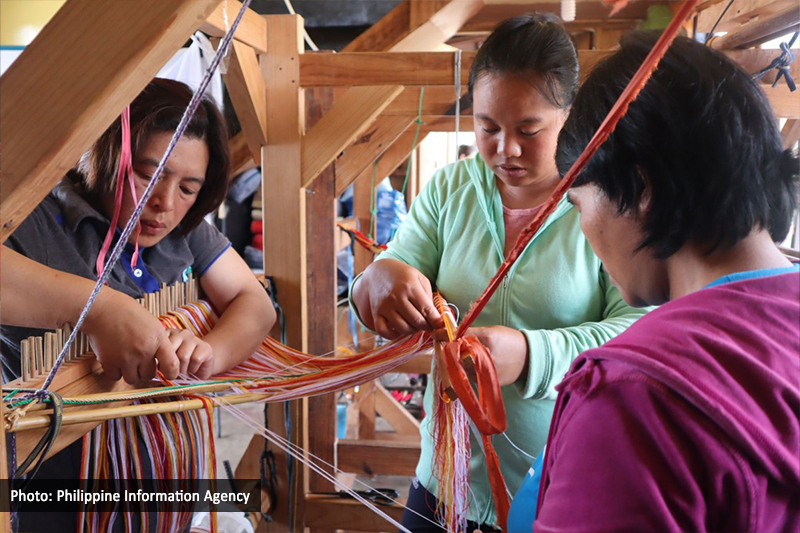The government is alarmed by the rising tide of protectionism in the region in the form of nontariff barriers (NTBs), making it important for the Philippines to use its chairmanship of the Asean this year to push for the removal of these trade-distorting measures.
Socioeconomic Planning Secretary Ernesto M. Pernia and local economists stressed that the Philippines would have a better chance of boosting its exports if it will push for the removal of these NTBs in intra-Asean trade.
In light of our hosting of the Asean Summit this year, our country is also in a better position to push for a reduction in nontariff barriers within the region,Pernia said. He noted that nontariff measures in the region increased to 5,975, from 1,634 between 2000 and 2015.
The statement comes on the heels of the report released by the Philippine Statistics Authority (PSA) on Thursday that showed the country’s total trade dropped 1.2 percent in June, after posting 10 consecutive months of positive growth since August last year.
PSA data showed that in June, total exports grew 0.8 percent, while imports declined 1.2 percent. Total trade stood at $11.97 billion and the country’s trade deficit declined to $2.15 billion.
The Philippines posted a modest growth of 4.8 percent in its exports to other Asean countries in June.
While economists agreed that removing NTBs can help boost trade, the government needs to make it easier for businesses to operate in the country and encourage product innovation and diversification.
Ateneo de Manila University EagleWatch senior fellow Alvin Ang said simplifying rules and reviewing existing policies will make lessen the burden on the shoulders of businessmen. “Yes, [removal of NTBs can boost trade], but our institutions are weak to implement them. Too much regulations are the challenge,” Ang said.
University of Asia and the Pacific School of Economics Dean Cid Terosa said boosting trade also means creating new products and opening new markets.
Terosa noted that removing nontariff measures, if left unchecked, can easily affect traditional products. “Well the government has started diversifying markets, but there is also a need to diversify products, as well as expand value-added of our traded goods and services.
As infrastructure projects can increase imports and widen the trade gap, it is imperative that export growth can buffer the impact through diversified markets and products and greater value-added goods and services,” he added.
Pernia said the country can also take advantage of its Generalized System of Preferences Plus (GSP+) privilege given by the European Union (EU) to the Philippines.
The chief recommended that the Department of Trade and Industry continue its information sessions on “Doing Business with the EU using the GSP+” in key cities and towns in the country.
Pernia added there are ongoing regulatory reforms identified in the Philippine Development Plan 2017-2022 that will help boost trade.
These include delisting, abolishing and consolidating or easing existing rules and regulations that affect doing business in the country.
We expect Philippine trade to recover, as the global economic recovery is seen to be on firmer footing in the second half of the year,” Pernia said. “This will help businesses to comply with the requirements, such as rules of origin, and hurdle trade barriers, such as product standards,” he added.
In June 2017 PSA data showed the total payment for the country’s top 10 imports reached $5.12 billion, accounting for a 72.6-percent share in the total import bills.
Total payments for the top 10 countries that imported to the Philippines in June amounted to $5.60 billion, or 79.4 percent of the total. China is the country’s top import source with an 18.8-percent share in June 2017.
In terms of exports, total receipts from the top 10 major exports reached $4.01 billion, or 81.6 percent of the total exports, recording a slight increase of 0.6 percent from the previous year’s level of $3.98 billion.
Total export receipts from the country’s top 10 market destinations for the month of June were valued at $4.13 billion, or 84.2 percent of the total.
Japan, including Okinawa, was the country’s top export market and accounted for 18.5 percent of total exports. The increase in shipments to Asean and EU (up 3.9 percent) helped cushion the decline in traditional markets, such as the US ( down 8.7 percent), Japan ( down 9 percent) and China (down 2.4 percent).
In April Philippine Institute for Development Studies senior research fellow Erlinda M. Medalla and Project Development Officer Melalyn C. Mantaring said in a study that the NTBs most Filipino firms encounter are customs clearances and controls, as well as rules of origin and other trade rules. Filipino firms also find it difficult to comply with product requirements and conformity, particularly when exporting their products. These are justified for different reasons, such as health, security, environment andconsumer protection.
Socioeconomic Planning Secretary Ernesto M. Pernia and local economists stressed that the Philippines would have a better chance of boosting its exports if it will push for the removal of these NTBs in intra-Asean trade.
In light of our hosting of the Asean Summit this year, our country is also in a better position to push for a reduction in nontariff barriers within the region,Pernia said. He noted that nontariff measures in the region increased to 5,975, from 1,634 between 2000 and 2015.
The statement comes on the heels of the report released by the Philippine Statistics Authority (PSA) on Thursday that showed the country’s total trade dropped 1.2 percent in June, after posting 10 consecutive months of positive growth since August last year.
PSA data showed that in June, total exports grew 0.8 percent, while imports declined 1.2 percent. Total trade stood at $11.97 billion and the country’s trade deficit declined to $2.15 billion.
The Philippines posted a modest growth of 4.8 percent in its exports to other Asean countries in June.
While economists agreed that removing NTBs can help boost trade, the government needs to make it easier for businesses to operate in the country and encourage product innovation and diversification.
Ateneo de Manila University EagleWatch senior fellow Alvin Ang said simplifying rules and reviewing existing policies will make lessen the burden on the shoulders of businessmen. “Yes, [removal of NTBs can boost trade], but our institutions are weak to implement them. Too much regulations are the challenge,” Ang said.
University of Asia and the Pacific School of Economics Dean Cid Terosa said boosting trade also means creating new products and opening new markets.
Terosa noted that removing nontariff measures, if left unchecked, can easily affect traditional products. “Well the government has started diversifying markets, but there is also a need to diversify products, as well as expand value-added of our traded goods and services.
As infrastructure projects can increase imports and widen the trade gap, it is imperative that export growth can buffer the impact through diversified markets and products and greater value-added goods and services,” he added.
Pernia said the country can also take advantage of its Generalized System of Preferences Plus (GSP+) privilege given by the European Union (EU) to the Philippines.
The chief recommended that the Department of Trade and Industry continue its information sessions on “Doing Business with the EU using the GSP+” in key cities and towns in the country.
Pernia added there are ongoing regulatory reforms identified in the Philippine Development Plan 2017-2022 that will help boost trade.
These include delisting, abolishing and consolidating or easing existing rules and regulations that affect doing business in the country.
We expect Philippine trade to recover, as the global economic recovery is seen to be on firmer footing in the second half of the year,” Pernia said. “This will help businesses to comply with the requirements, such as rules of origin, and hurdle trade barriers, such as product standards,” he added.
In June 2017 PSA data showed the total payment for the country’s top 10 imports reached $5.12 billion, accounting for a 72.6-percent share in the total import bills.
Total payments for the top 10 countries that imported to the Philippines in June amounted to $5.60 billion, or 79.4 percent of the total. China is the country’s top import source with an 18.8-percent share in June 2017.
In terms of exports, total receipts from the top 10 major exports reached $4.01 billion, or 81.6 percent of the total exports, recording a slight increase of 0.6 percent from the previous year’s level of $3.98 billion.
Total export receipts from the country’s top 10 market destinations for the month of June were valued at $4.13 billion, or 84.2 percent of the total.
Japan, including Okinawa, was the country’s top export market and accounted for 18.5 percent of total exports. The increase in shipments to Asean and EU (up 3.9 percent) helped cushion the decline in traditional markets, such as the US ( down 8.7 percent), Japan ( down 9 percent) and China (down 2.4 percent).
In April Philippine Institute for Development Studies senior research fellow Erlinda M. Medalla and Project Development Officer Melalyn C. Mantaring said in a study that the NTBs most Filipino firms encounter are customs clearances and controls, as well as rules of origin and other trade rules. Filipino firms also find it difficult to comply with product requirements and conformity, particularly when exporting their products. These are justified for different reasons, such as health, security, environment andconsumer protection.












